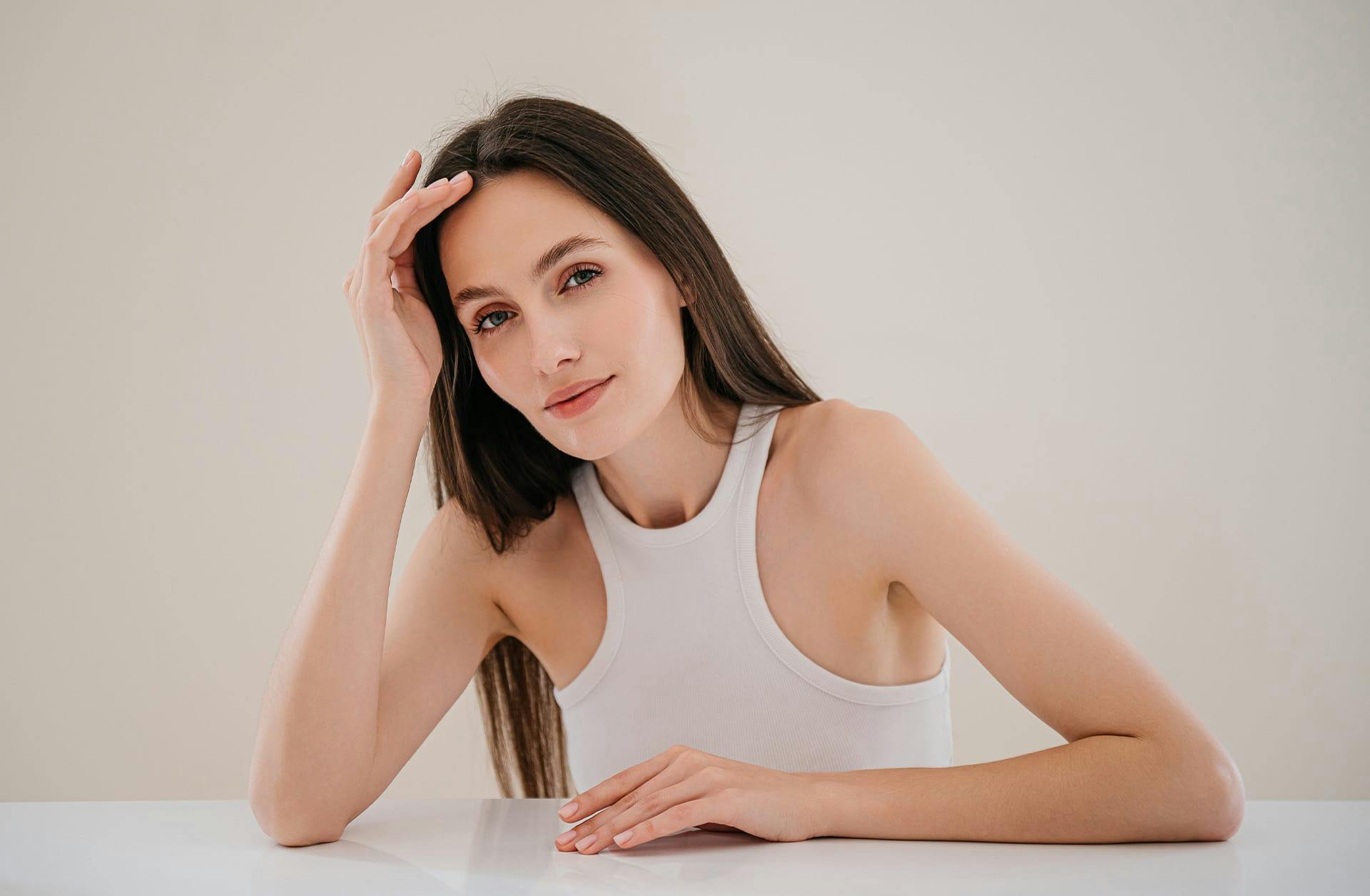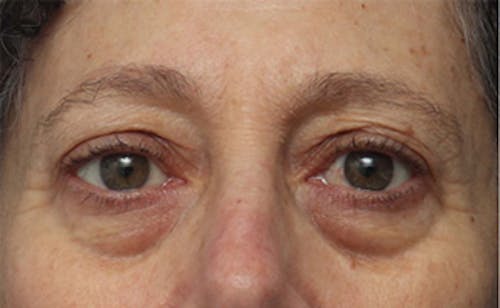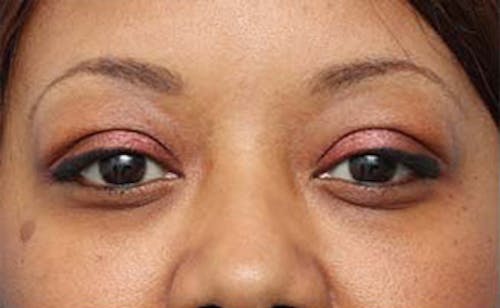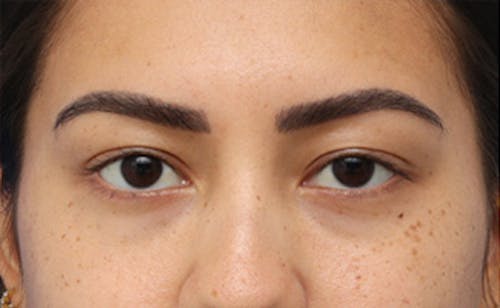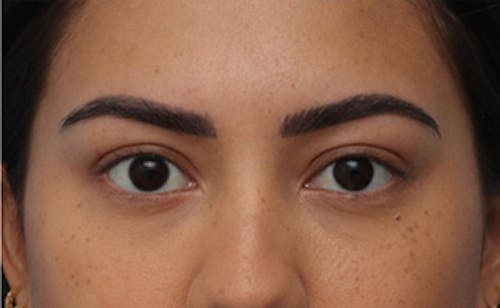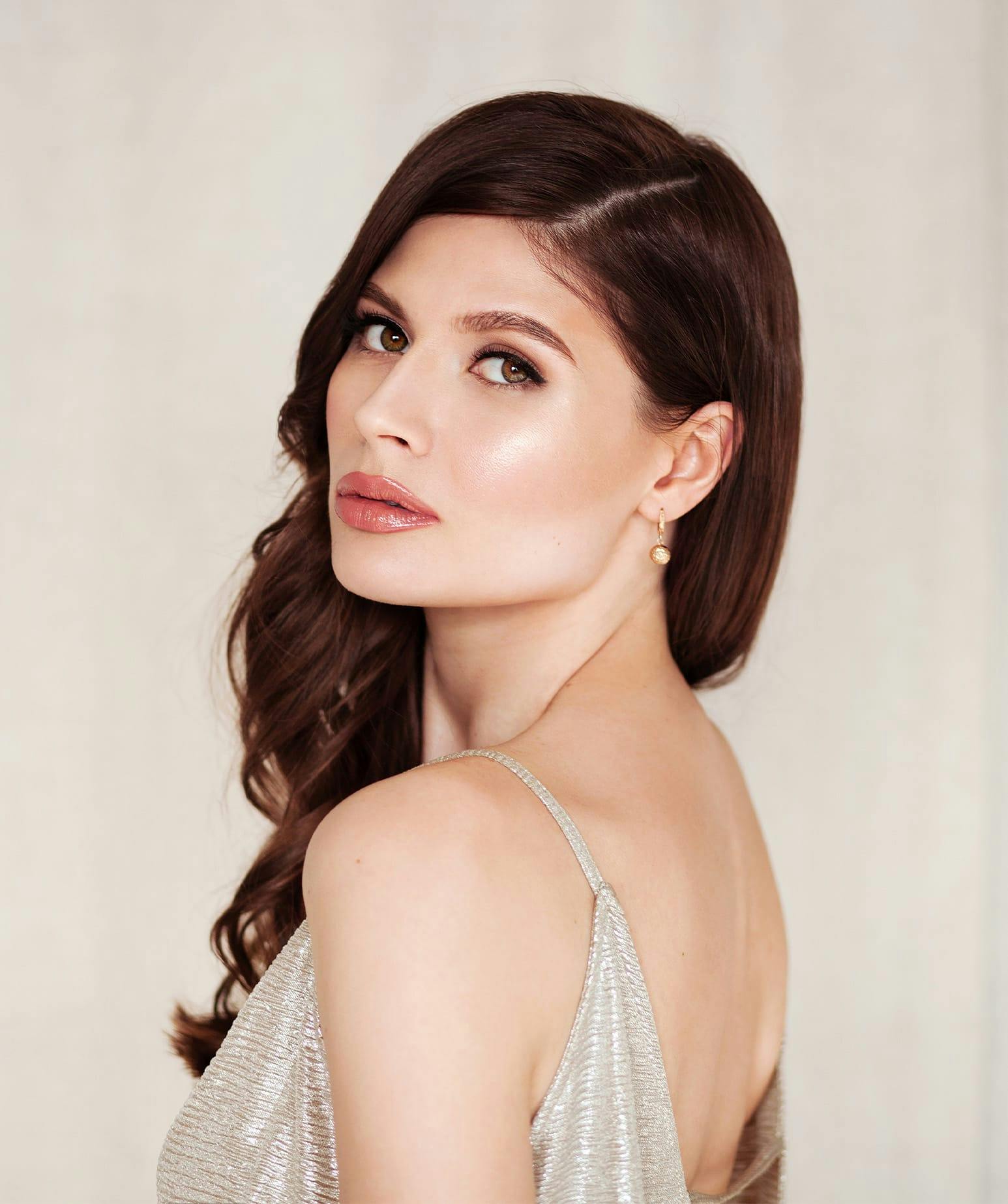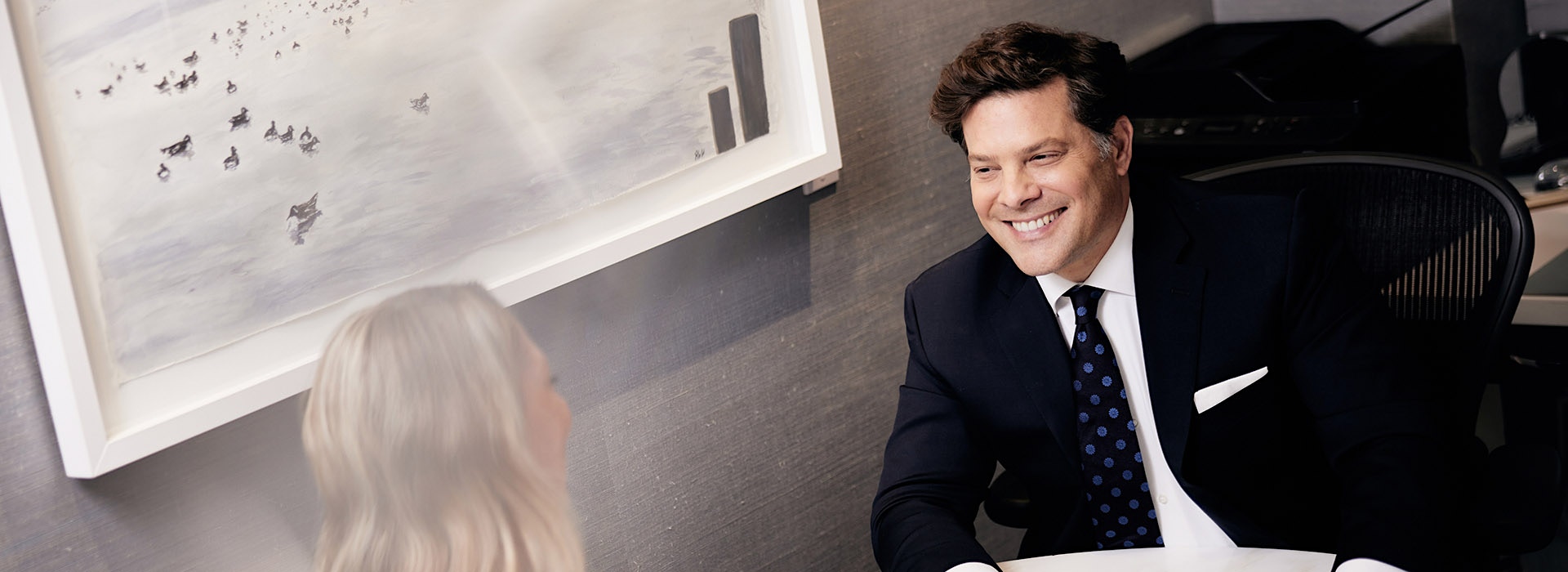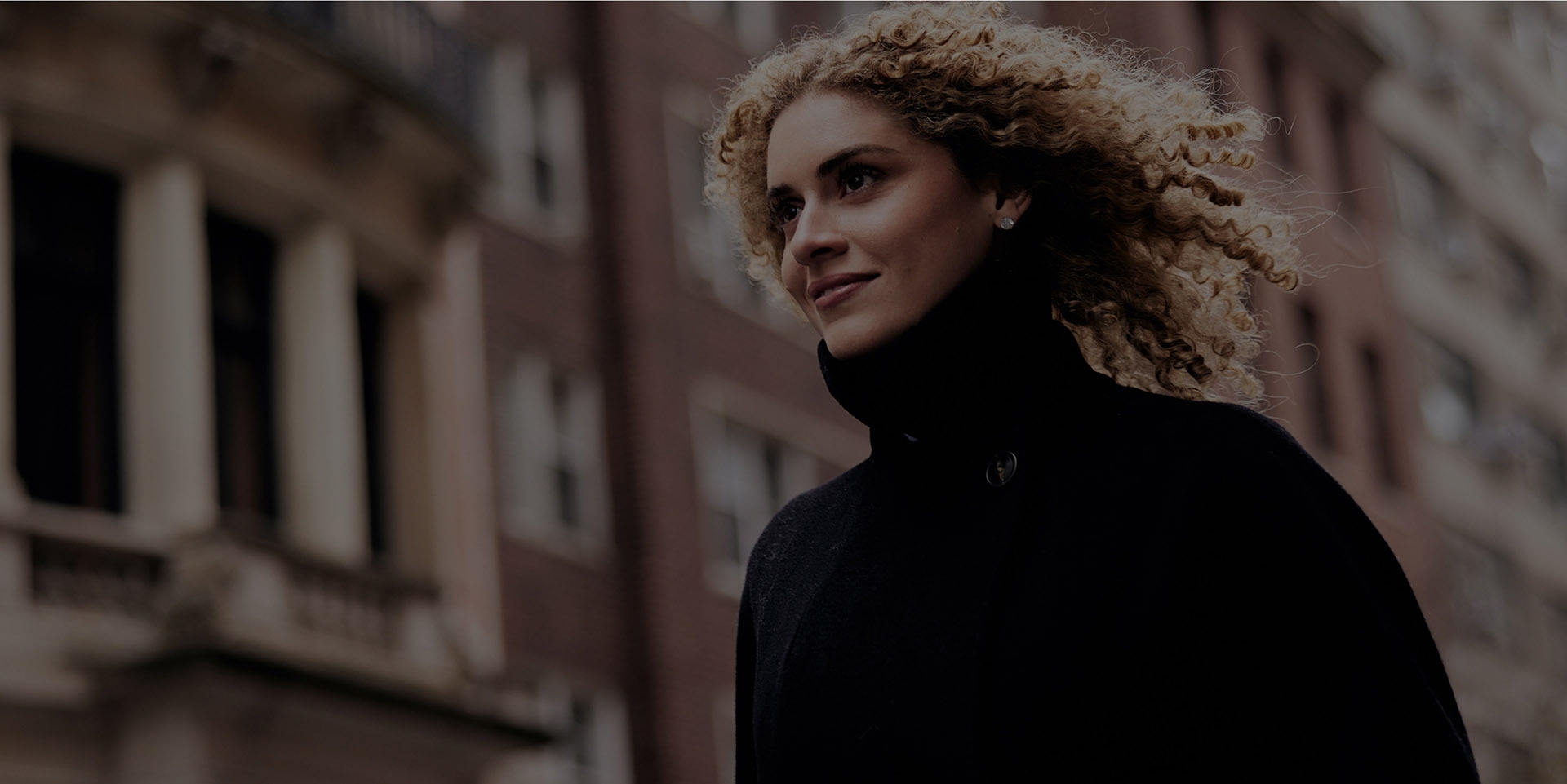Our NYC lower eyelid surgery Lower eyelid surgery is intended to target puffiness, eye bags, dark circles, and wrinkles under the eyes that can detract from your appearance and can make you look older, tired, and worn out. Lower eyelid aging results from excess skin or fat deposits that have accumulated over time due to a loss of elasticity or genetics. A restorative lower eyelid procedure, as performed by Dr. Westreich, is designed specifically for your individual anatomy. You will walk out with a refreshed appearance and will no longer be self-conscious of your under-eye appearance.
Candidates For Our Lower Eyelid Surgery in NYC
The best candidates for lower eyelid surgery are patients who have relatively elastic skin that has become loose or sagging due to aging, exposure to the sun, or hormonal changes. Most often, this manifests as wrinkling, bagginess, and puffiness directly under the eyes. It is important that patients are in good overall health before committing to surgery and that they always maintain realistic expectations. Dr. Westreich will personally evaluate your eyelid concerns during your consultation appointment to see whether or not the surgery is a good option to explore.
